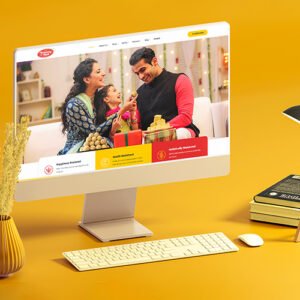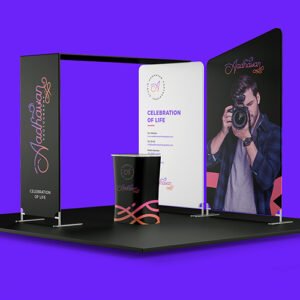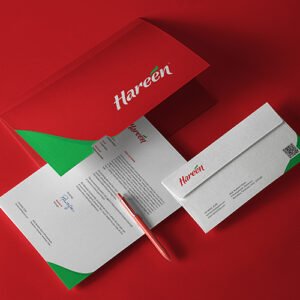Creating an eye-catching logo requires a systematic design process that combines creativity, strategy, and visual aesthetics. Here is a step-by-step guide to help you in the logo design process:
Understand the Brand:
Start by gaining a deep understanding of the brand for which you are designing the logo. Research the company’s values, target audience, industry, competitors, and unique selling points. This information will help you create a logo that effectively represents the brand.
Define the Logo's Purpose:
Clarify the purpose of the logo. Is it meant to build brand recognition, communicate a specific message, or evoke certain emotions? Understanding the logo’s purpose will guide your design decisions.
Sketch Initial Ideas:
Begin the design process by sketching out rough concepts and ideas. Use pencil and paper or digital tools to explore various shapes, symbols, typography, and compositions. Don’t worry about perfection at this stage—focus on generating a wide range of ideas.
Research and Inspiration:
Research other logos in the industry to gain inspiration and understand the current design trends. Look for successful logos that effectively communicate their brand’s essence. However, be careful not to imitate or plagiarize existing designs—inspiration should lead to originality.
Refine Concepts:
Select the most promising sketches and refine them further. Experiment with different variations, compositions, and typography options. Explore how color, shape, and form can enhance the message and aesthetics of the logo. At this stage, it can be helpful to start working with design software to digitize your ideas.
Typography and Font Selection:
Choose appropriate fonts or create custom lettering that complements the logo’s concept. Typography should align with the brand’s personality and be easily legible at different sizes. Experiment with different typefaces and lettering styles to find the right fit.
Color Palette:
Select a color palette that resonates with the brand and its target audience. Colors evoke specific emotions and can help differentiate the logo. Consider how the logo will appear in different contexts, such as print and digital media. Ensure the colors work well together and create visual harmony.
Test and Iterate:
Share your logo concepts with colleagues, clients, or focus groups to gather feedback. Listen to constructive criticism and iterate on your designs based on the input received. Test the logo’s scalability by resizing it and evaluating its legibility and visual impact at different sizes.
Finalize and Prepare Files:
Once you have refined and received approval on a logo concept, finalize the design. Pay attention to the technical details, ensuring the logo is created in vector format for scalability. Prepare different file formats (e.g., SVG, EPS, PNG) to accommodate various usage scenarios.
Brand Guidelines :
Develop brand guidelines that outline the appropriate usage of the logo, including clear specifications on minimum size, spacing, color variations, and placement. This ensures consistency and helps maintain the logo’s integrity across different applications.








